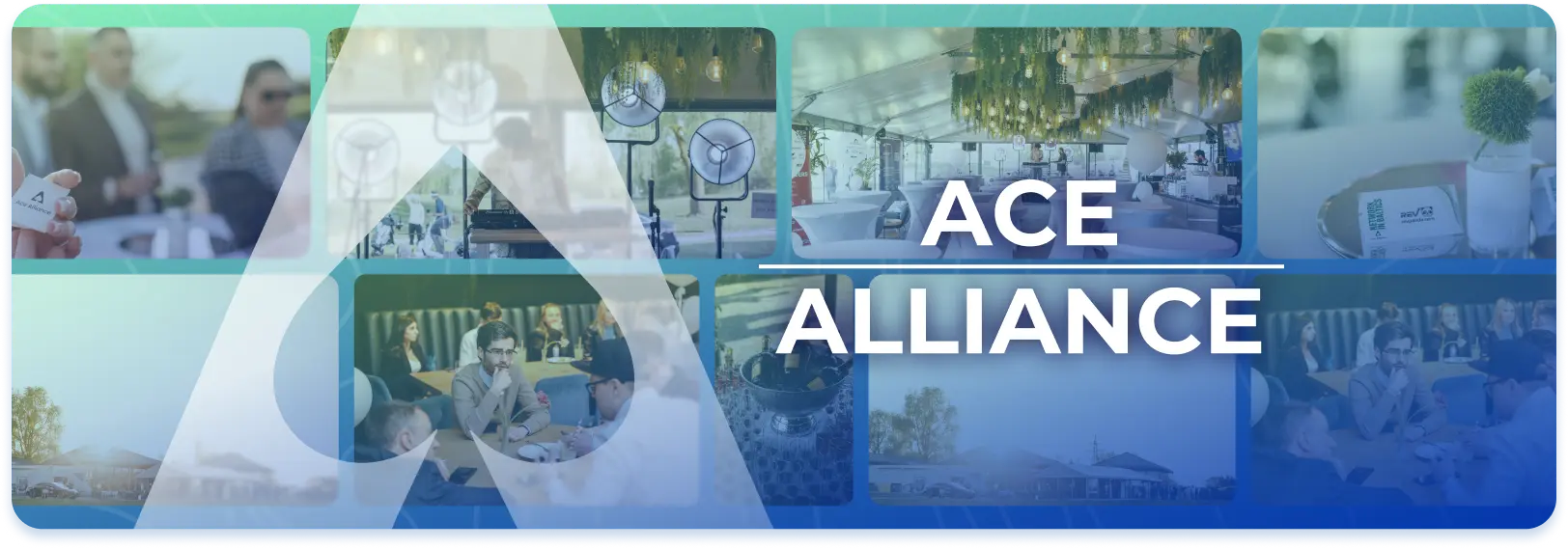Award-winning iGaming Agency
Revpanda Group specialises in delivering top-tier digital marketing services to the iGaming industry, helping brands acquire and retain loyal players. Through a combination of direct and affiliate marketing strategies, we connect high-quality traffic with top brands. Our data-driven solutions and industry insights make us a trusted partner for both players and operators, driving growth and success in the igaming sector.
Comprehensive digital solutions
Effective marketing strategies
Substantial revenue growth
Our Services
13 Ways How We Can Improve Your Business
We run customised SEO campaigns for your website to outrank your competitors, and get more organic traffic.
We help you improve the payment experience of your business by locally testing the payment methods across the globe.
With a team of native wordsmiths from all around the globe, we convey your vision to your target customers.
We boost your SEO performance with link building campaigns and promote your brand on related high authority websites.
We develop cutting-edge websites and mobile apps for you to have a user-friendly platform, where you can present your business effectively.
Our expert translators help your business to increase your global outreach.
We provide you to pay less in affiliate commissions and increase your revenue by building brand protection.
We drive your business forward and flourish with our content marketing.
Our Block Monitor product detects domain blocking issues immediately, ensuring global business continuity and preventing customer losses.
User-centred UI/UX and comprehensive web design solutions to help you improve and strengthen your online presence while increasing audience engagement.
Innovative graphic design solutions that strengthen your brand's visual identity, drive growth, and leave a lasting impression.
Tailored CRO services that efficiently convert marketing efforts and transform businesses into high-performing entities poised for exponential growth.
Comprehensive digital PR solutions through strategic content creation, media outreach, social media management, and SEO, designed to elevate your brand's online presence.

Let Our Experts Help You Boost Your Business
To take your venture to the next level, we combine a number of services that allow us to analyze user behaviour and drive the desired results. We have the necessary services to bring you success and boost your profit.
TESTIMONIALS
Over the years, Revpanda has helped power hundreds of iGaming brands. Revpanda clients get great software and exceptional service from our different departments and service teams. But don’t just take our word for it, hear from them.
















































































































































































































































































































































































































































































































































































































































































































































































































Facts & Figures
At Revpanda, we push boundaries and elevate projects to new heights, as evidenced by our remarkable success metrics. Our approach is to turn ambitious visions into measurable realities, demonstrating our impact and prowess through compelling numbers and results.
Digital Marketing Agency
Colleagues
Markets
Projects Delivered
Offices
Global Partners

Our team comprises seasoned professionals with diverse experience across various sectors of the industry, each bringing a unique blend of expertise and insights to your business.
We provide the advantage of a specialised team, meticulously selected to align with the demands of their project, ensuring focused expertise and tailored support throughout the project lifecycle.
We leverage advanced technology solutions to unlock and maximise your business’s potential, not only to make it profitable but also safer than ever.
We deliver detailed, accessible reports that provide valuable insights into progress, performance, and outcomes, enabling informed decision-making and fostering trust with stakeholders.
Revpanda Advantages
Experience unparalleled support designed to propel your business forward. Unleash success with our tailored approach, designed for innovation and transparency. Partner with us for a transformative journey towards achieving your goals.
Enhance Your Enterprise with the Revpanda Platform
The Revpanda Platform streamlines your service acquisition process, offering comprehensive solutions with just a few clicks. Efficiently minimize the time spent on meetings and emails, and access our high-quality services in under five minutes, ensuring no compromise on excellence.

Our Awards
We are more than proud to share that Revpanda has been recognised by the authorities around the globe. We count our awards as a seal of approval of our work and fuel for our motivation to strive for excellence.
Insights from the iGaming Industry Leaders
Dive into the insights and experiences of industry leaders in our exclusive interviews. Gain valuable perspectives that can inspire and guide your business strategies.
In our interview, Irina Makarova, CMO of PIN-UP Partners, discusses her marketing journey, industry events' impact, and what sets PIN-UP Partners apart in iGaming.
EvenBet Gaming’s CMO Alexandra Voronetskaya shares insights on building trust, branding, and key projects fueling EvenBet’s iGaming success.
In our interview, David Natroshvili, Founder & CEO of SPRIBE, shares insights on the company’s key milestones, innovations, and the future of iGaming.


Revpanda LIVE Video Podcast with Faruk Aydin
Check out our weekly video podcast with Faruk Aydin and get the latest iGaming Industry insights.
Start Your New Journey to Success
Take a look at our one minute video to see our services and learn how Revpanda brings results for your business.
News Room
Keep abreast of the latest industry trends, updates, and insights with our News section. Discover relevant and timely information that keeps you ahead in the online marketing world.
In this live session, Faruk Aydin, Chief Revenue Officer at Revpanda Group, and Valentina Bagniya, Chief Marketing Officer at SOFTSWISS, discuss the most significant trends, winning strategies, innovations, and technologies, shaping the iGaming industry in 2025.
We at Revpanda Group, along with our events division, Ace Alliance, are excited to announce our revolutionary media partnership with HIPTHER. This partnership is expected to redefine the gaming and technology industries, boost growth, and drive engagement within the iGaming ecosystem.
Revpanda Group is excited to announce that we have partnered with Affiliate World (AW) Dubai 2025. Scheduled for February 26-27, this will be one of the most significant affiliate marketing conferences in the Middle East, an emerging market for iGaming operators and entrepreneurs. Our collaboration with AW Dubai will be pivotal in connecting our team with key stakeholders in the iGaming industry, including affiliate marketers in the digital space, thought leaders, and e-commerce professionals from different parts of the world.
Insights and Perspectives from Our Experts
Dive into our Blogs for in-depth analysis and perspectives from our experts. Uncover valuable knowledge and strategies to navigate the ever-evolving business landscape.
What is casino RTP and how does it work? Read this guide to find out why understanding the RTP percentage for a slot or casino game is of utmost importance. Our experts will also explain how to calculate RTP and list the best casino games with the highest payouts at online casinos.
In a strategic move that strengthens its position as a leading 360-degree digital marketing agency, Revpanda has successfully acquired Leetz Media, a seasoned partner known for its top-notch affiliate marketing reach and success. This acquisition marks a significant step forward in Revpanda’s mission to deliver revenue-generating digital marketing and business solutions, coming together as a stronger force, forming Revpanda Group.
Explore the best website visitor trackers of 2025 and learn how to choose the perfect fit for your business. Our guide delves into the latest features, real-time analytics, and actionable insights to optimize performance and fuel growth in the dynamic digital world. Whether you're a small business owner or a digital marketer, stay ahead with expert recommendations to elevate your online presence.
Our Recently Added Slot Reviews
Explore our latest added slot reviews covering game features, mechanics, RTP, free spins and more. Try the demo versions to experience the gameplay for yourself before playing with real money.



Global B2B Events: Networking & Innovation
Join our world-class B2B events, a hub for innovation and networking with industry leaders across the globe. Experience transformative interactions and insights that drive business growth and success.



Join Our Team
Be a part of our expanding team and explore a world of dynamic career opportunities that foster growth, innovation, and success.
Follow us on social media for the latest updates, industry insights through our webinars and LinkedIn Live sessions, and take a closer look at our engagement in the iGaming industry.

Frequently Asked Questions




















